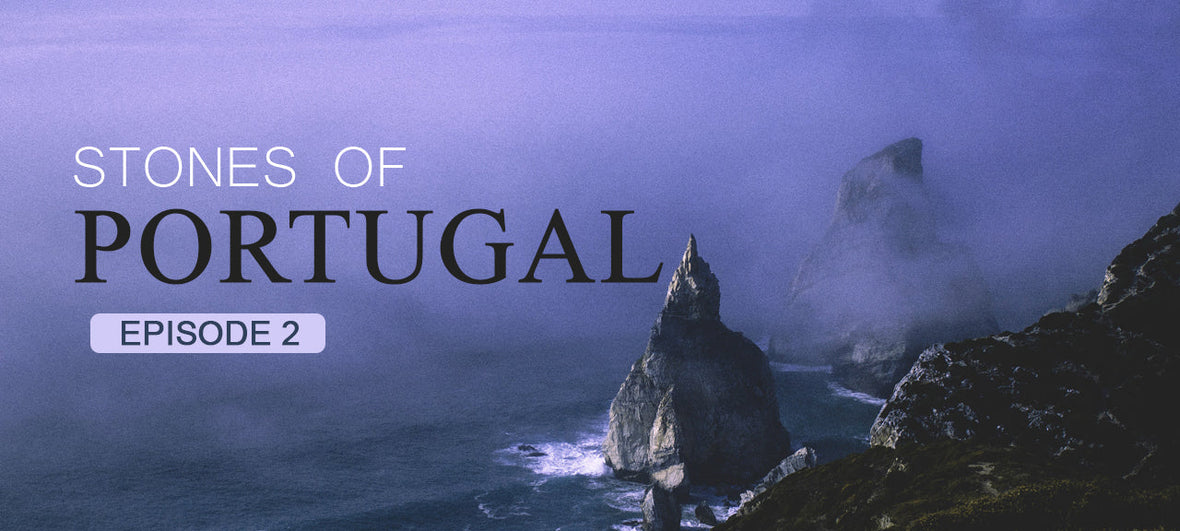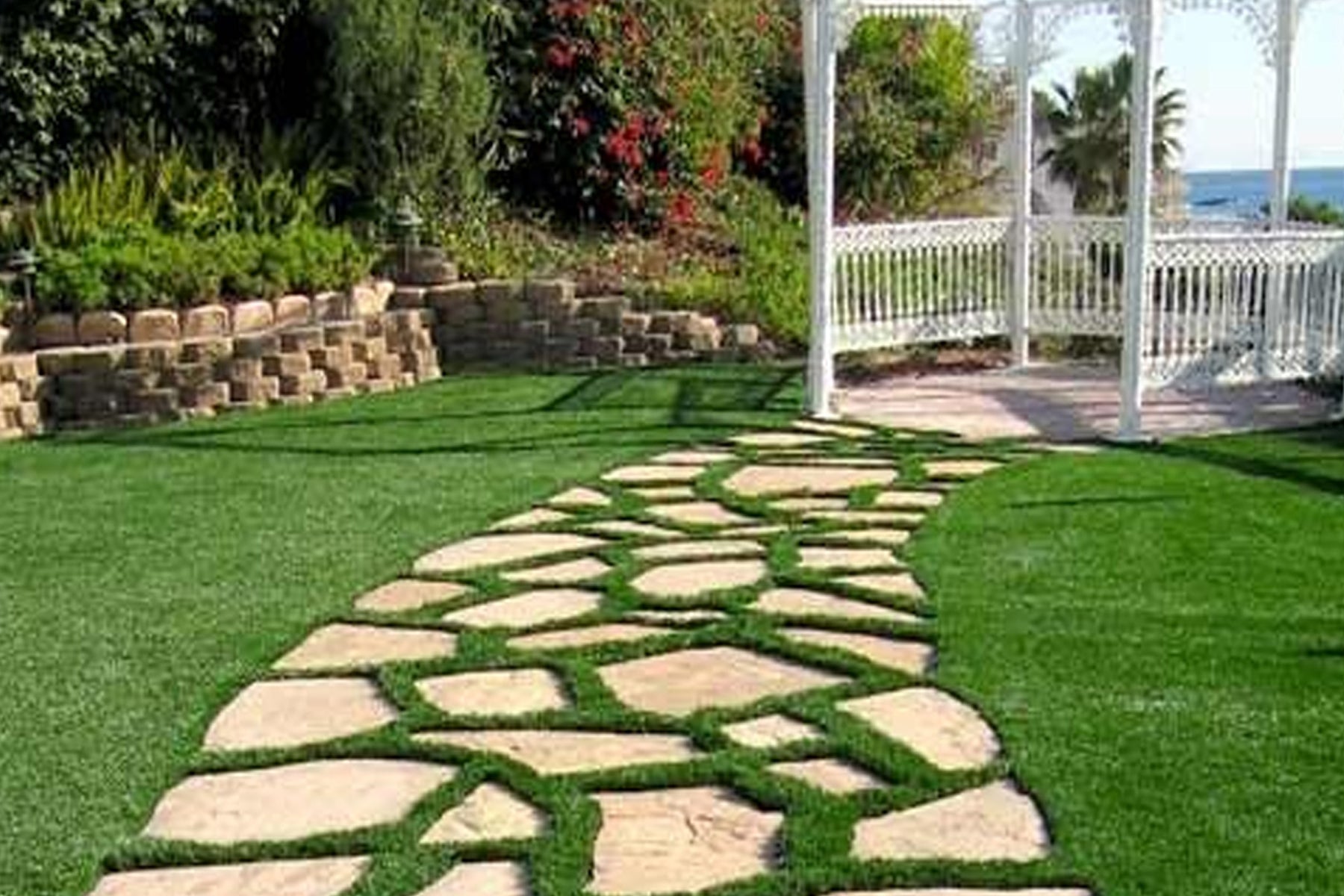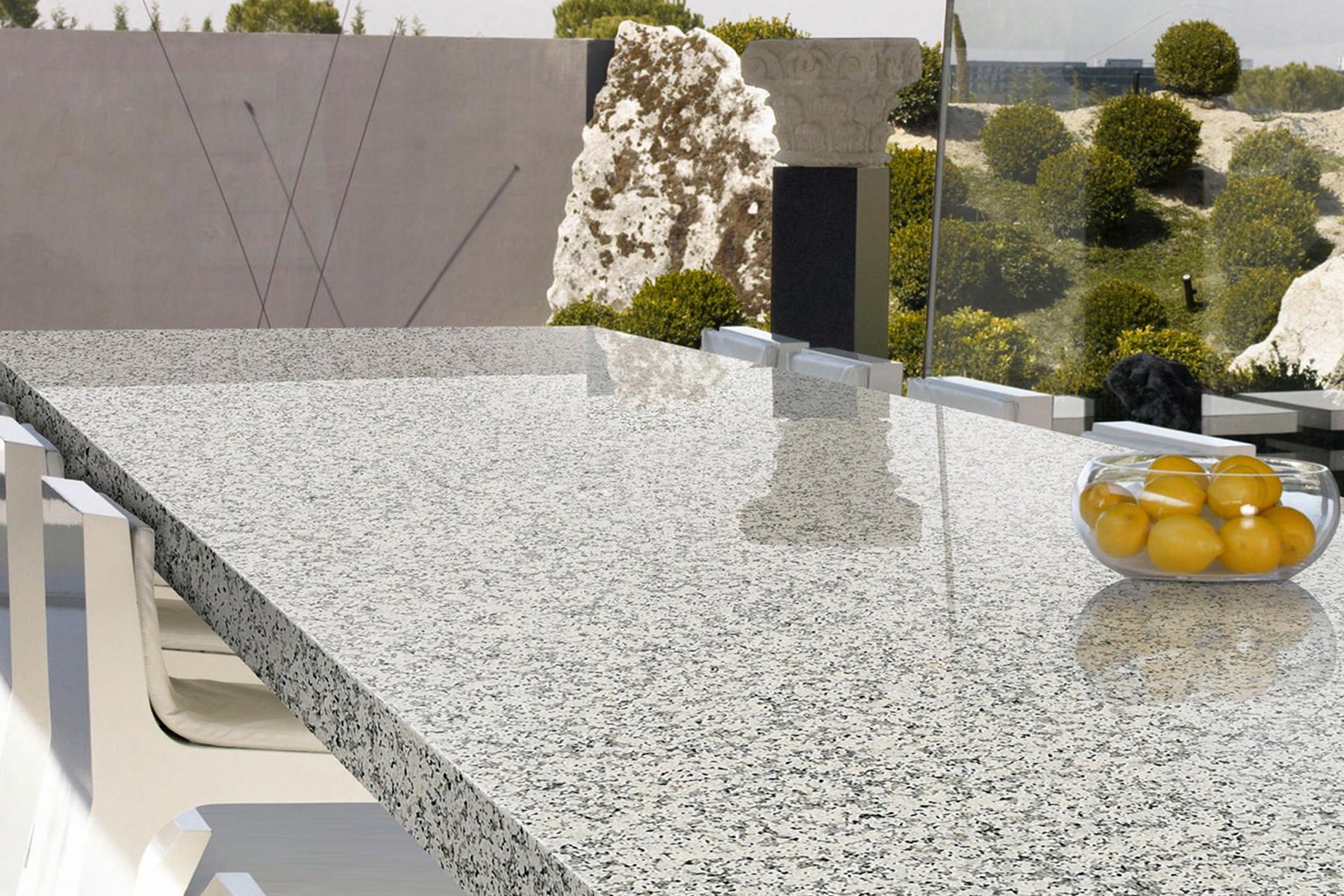
Stones of Portugal Episode-2
Sammy Chris
Specimens produced in Iberian Peninsula- Fluorapatite, Ferberite, Pyrite, and Marcasite
Fluorapatite is a phosphate mineral with the formula Ca5(PO4)3F (calcium fluorophosphate). Fluorapatite is a hard crystalline solid. Although samples can have various colours (green, brown, blue, yellow, violet, or colourless), the pure mineral is colourless, as expected for a material lacking transition metals.
For Industrial use, the mineral is mined in the form of phosphate rock, whose usual mineral composition is primarily fluorapatite but often with significant amounts of the other.

Quick General Facts
- Fluorapatite crystallizes in a hexagonal crystal system. It is often combined as a solid solution with hydroxylapatite (Ca5(PO4)3OH or Ca10(PO4)6(OH)2) in biological matrices. Chlorapatite (Ca5(PO4)3Cl) is another related structure. Industrially, the mineral is an important source of both phosphoric and hydrofluoric acids.
Fluorapatite as a mineral is the most common phosphate mineral. It occurs widely as an accessory mineral in igneous rocks and in calcium-rich metamorphic rocks. It commonly occurs as a detrital or digenic mineral in sedimentary rocks and is an essential component of phosphorite ore deposits. It occurs as a residual mineral in lateritic soils.
Fluorapatite
- Fluorapatite – Quartz, Siderite and Ferberite: Fluorapatite crystals with a short prismatic habit which is extraordinarily transparent, has a good lustre and has a bluish-green colour. But this is an age-old piece which no one sees any longer.
Fluorapatite – Quartz, Siderite, Muscovite and Chlorite: It’s a short primatial crystal that has well-defined faces and edges with lustre and distinct geometric colour. It is popularly known as Ox’s Eye- Olho de Boi. The colour is very rare and these pieces are also very old.
Fluorapatite- Pyrite and Siderite: It’s a group of crystals that are translucent which are in a deep green colour. This specimen is a recent finding in Panasqueira.
Fluorapatite – Quartz and Muscovite: It’s a novelty at Sainte Marie 2020 virtual show. It looks elongated in pale yellow and has violet crystals. This specimen is completely different from what had been found in Panasqueira.
Fluorapatite- Quartz, Chlorite and Calcite: Another novel piece at the 2020 virtual show. Colour- pale yellow to violet crystals. This is also a new specimen from the so far known specimens of Panasqueira.
Fluorapatite- Quartz and Chlorite: A new arrival at the 2020 virtual show. It looks elongated with the colours pale yellow and violet.
Fluorapatite- Quartz, Sphalerite, Muscovite and Chlorite: With its elongated look it has small coatings of Chlorite. It is very rare and it comes from a small Bug that produced a few pieces. Colour – pale yellow to violet.
Fluorapatite- Sphalerite, Muscovite and Chlorite: It looks elongated and a new specimen yellow to violet.
Fluorapatite- Quartz, Arsenopyrite, Muscovite and Chlorite: Elongated it looks with yellow and violet colours and has Chlorite coatings. It’s a new specimen. Fluorapatite is a group of two violet crystals and there is a cluster of small crystals on its side. The crystals have small damage on the edges.
Fluorapatite- Siderite, Muscovite and Chlorite: They are crystals that are very transparent and translucent. It has a zoned violet colour.
Fluorapatite- Muscovite and Chlorite: It’s a group of small prismatic crystals. They have a violet colour which is translucent and bright. This sample is also from a very recent find.
Fluorapatite- Quartz, Siderite and Pyrite: It’s a group of flattened quarry crystals, some of them with two tabular crystals which are translucent and bright with a very deep blue-violet colour.
Fluorapatite- Ferberite, Siderite and Muscovite: It is a cluster of crystals with one of the faces clearly dominant. Very rich, transparent and bright.
Fluorapatite- Ferberite, Siderite, Muscovite and Pyrite: It is a very aerial crystal that is very rich in faces, transparent and very bright, good edges.
Fluorapatite- Ferberite, Siderite and Muscovite: It's a two group of crystals in which one of them is clearly dominant, transparent, bright with fine edges.
Fluorapatite- Ferberite, Siderite and Muscovite: These crystals have multiple faces with one face very dominant and are transparent, bright with good edges.
Fluorapatite- Quartz, Muscovite, Arsenopyrite and Calcite: It is a thin tabular crystal that has a calcite coating.
Fluorapatite with inclusions and Muscovite: A tabular crystal with a very short prism. It is between green and golden colours, bright and transparent. Fluorapatite crystal is unusually elongated in shape. The faces and edges have a good definition, very translucent and transparent. It is a pale green colour and has different shades of green.
Fluorapatite- Calcite and Pyrite: It is basically two thick tabular crystals in which one of them is clearly dominant. With a dark green colour, it is translucent and bright. It is an aggregate on a Calcite matrix.
Fluorapatite- Calcite and Pyrite: It is a tabular crystal that looks floating. It is very transparent and bright. It is partially coated by Calcite. It has anomalous growths at the base.
Fluorapatite – Siderite: It's an aggregate of small prismatic crystals. Its Pale green colour is bright and is translucent. Siderite deposits are found on the back.
Fluorapatite- Pyrite and Muscovite: The prismatic crystals have a uniform pale green colour, which is transparent and bright. Basically, it’s a druse of short prismatic crystals. The faces are good.
Fluorapatite- Arsenopyrite and Muscovite: It’s a single crystal with a thin tabular shape. It has a pale green colour which is very bright.
Fluorapatite- Quartz: It's an aggregate of tabular, translucent and bright crystals. The green colour is pale on the outer area and is darker in the interior.
Fluorapatite- Ferberite, Siderite, Quartz and Muscovite: It is a cluster of translucent, thick tabular crystals. The lovely pale green colour is translucent and bright. They have fine faces.
Fluorapatite- Quartz and Siderite: These crystals are well covered with quartz and Siderite. It has a very dull green shade.
Fluorapatite- Siderite and Muscovite: It’s a group of crystals with an attractive pale green colour covered with Muscovite and Siderite. The crystal has brilliant looks.
Fluorapatite- Siderite, Muscovite, Marcasite and Arsenopyrite: They are thick tabular crystals with concentrated colour zones. The crystals look translucent and bright on the faces.
Ferberite
Ferberite- Siderite and Muscovite: The crystals have parallel growth of flattened Ferberite crystals, small tabular Siderite crystals with Muscovite aggregates.
Ferberite-Calcite-dolomite: The crystals are elongated, flattened and have parallel growth. They look lustrous. They are partially covered with small Pyrite crystals.

Pyrite
Pyrite- Calcite and Muscovite: They are cubic crystals that are very lustrous with brass coloured reflections.Pyrite with Calcite: They are aggregates of Pyrite crystals that are lustrous with colour variations ranging from greenish-yellow to brassy. It is a very recent find, which looks unusually aesthetic.
Pyrite with Calcite-dolomite and Siderite: It's an aggregate of cubic Pyrite crystals that are very bright.
Pyrite with quartz: It’s a group of cubic Pyrite crystals on a quartz matrix. Though it is considered to be a common mineral, Pyrites of this quality are not common.
Pyrite: It is coloured Pyrite with curved cubes covering a flat Calcite matrix.
Marcasite
- Marcasite with Pyrite and Calcite-dolomite: It is available in cockscomb shapes and the crystals are isolated marcasite aggregate, they have fine faces and edges.
Marcasite- Calcite- dolomite and Chalcopyrite: Aggregates of Marcasite crystals are very bright with white growths of Calcite-dolomite crystals.



